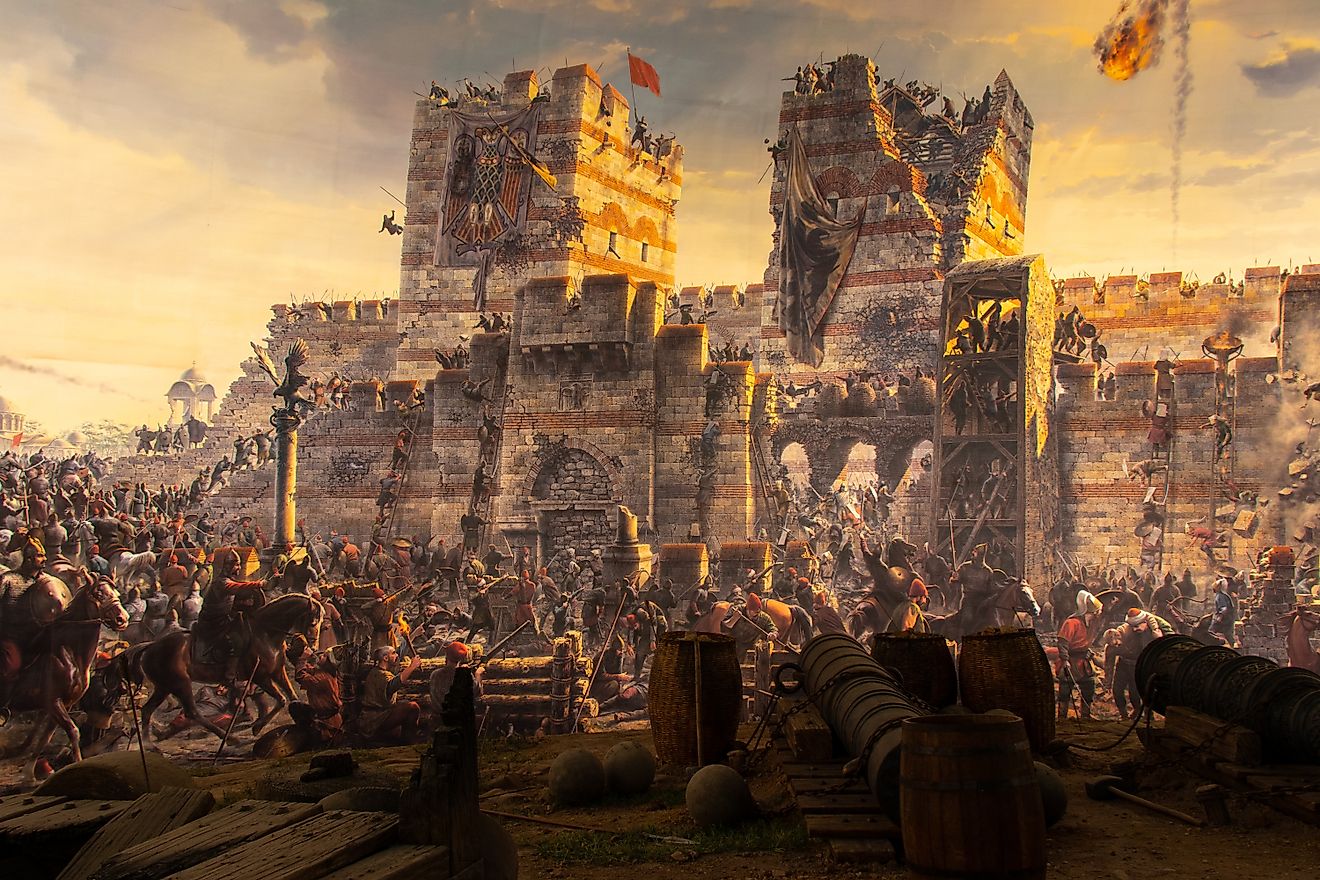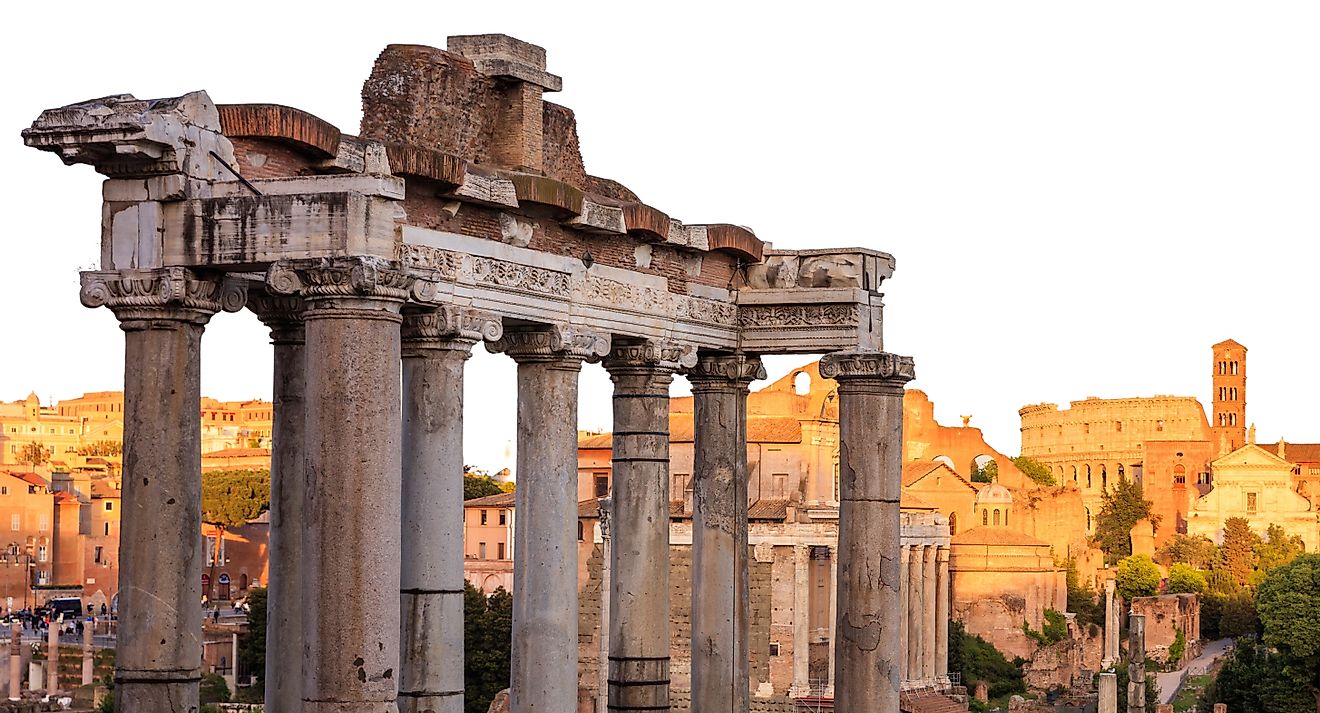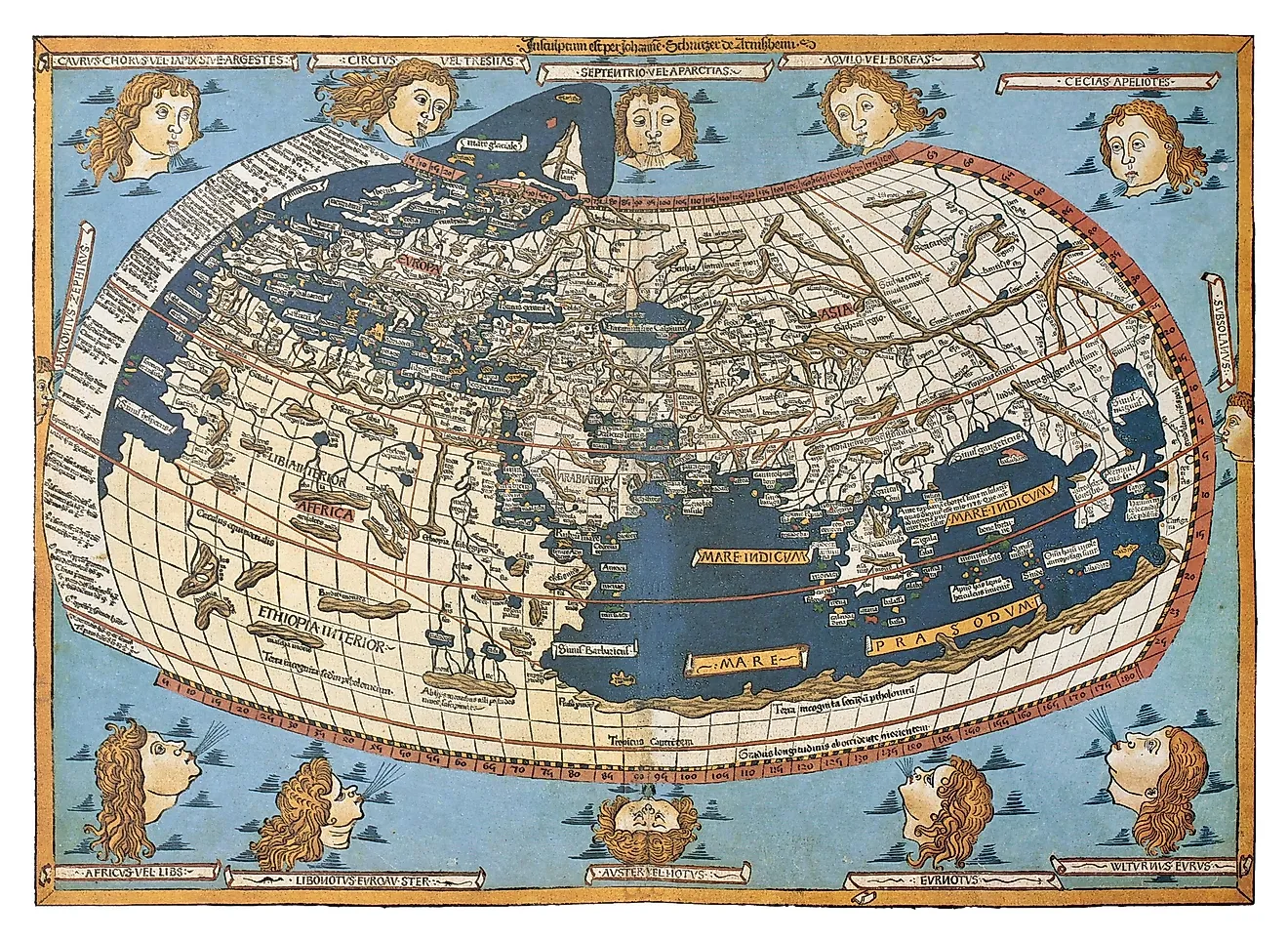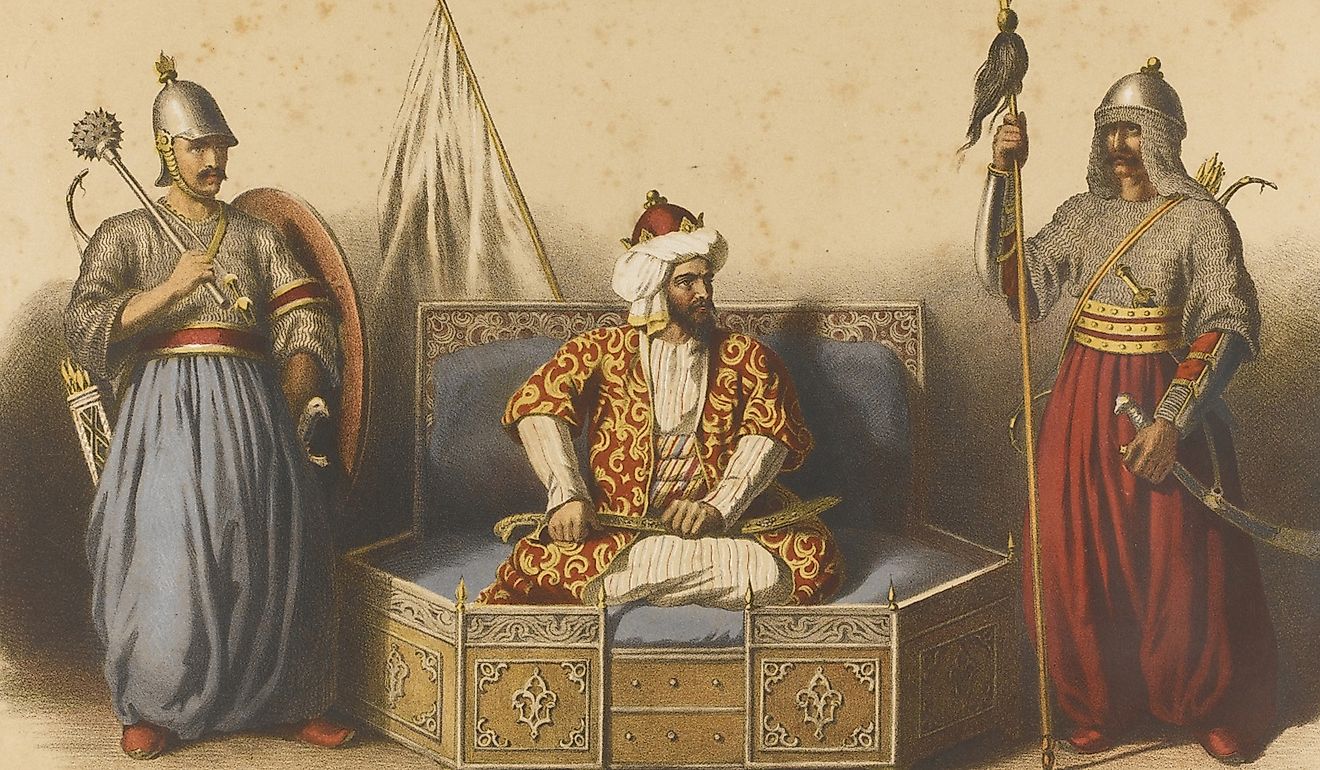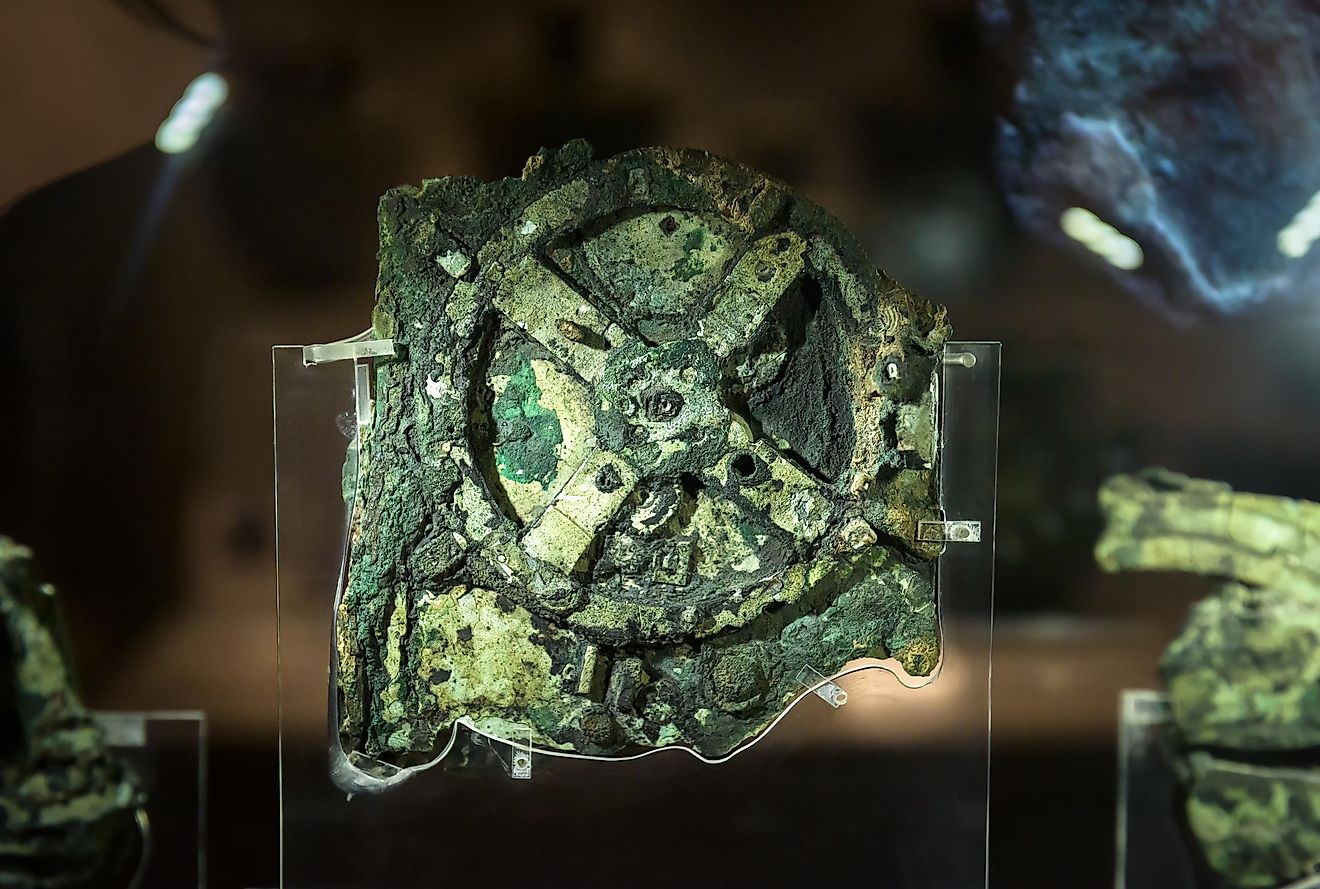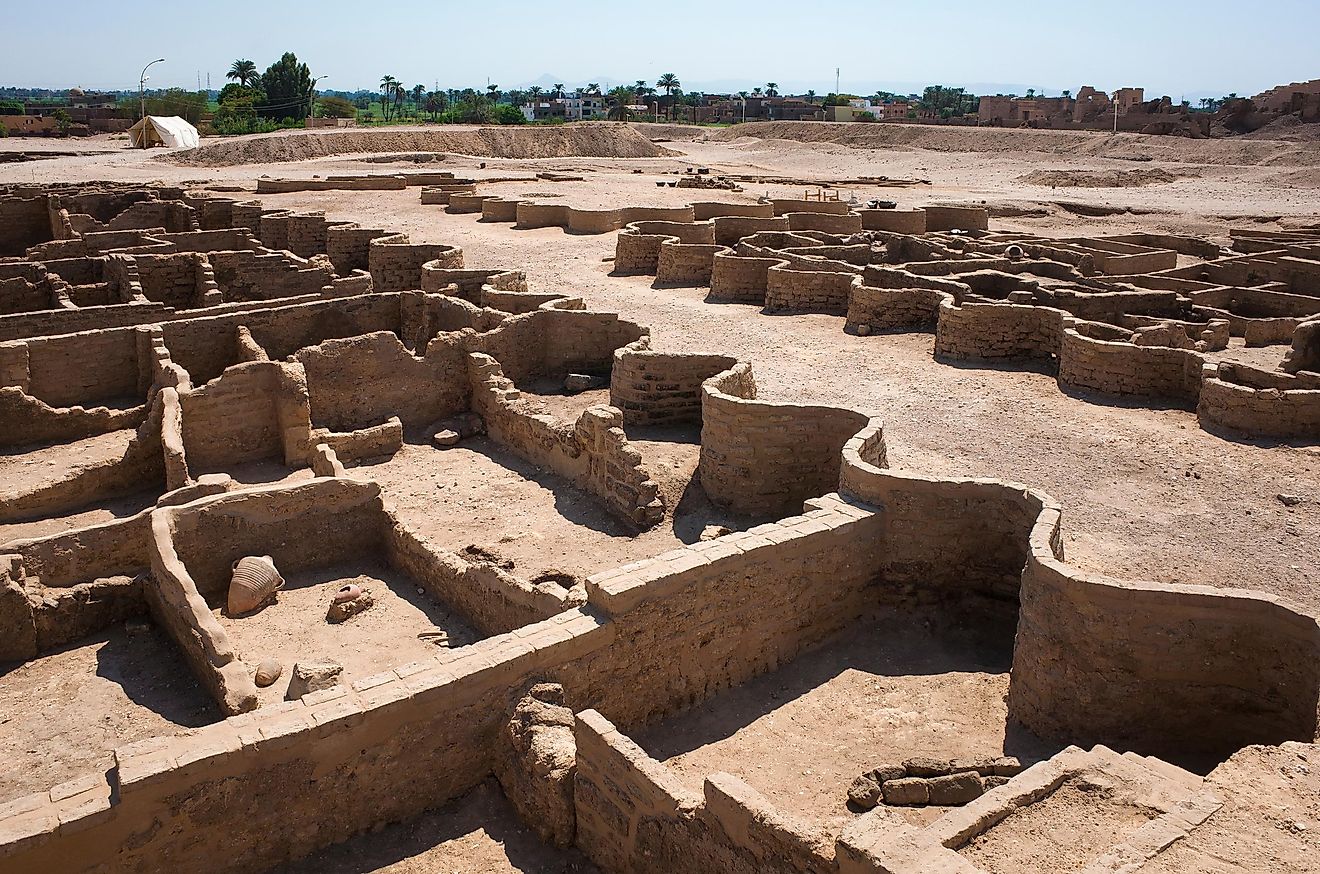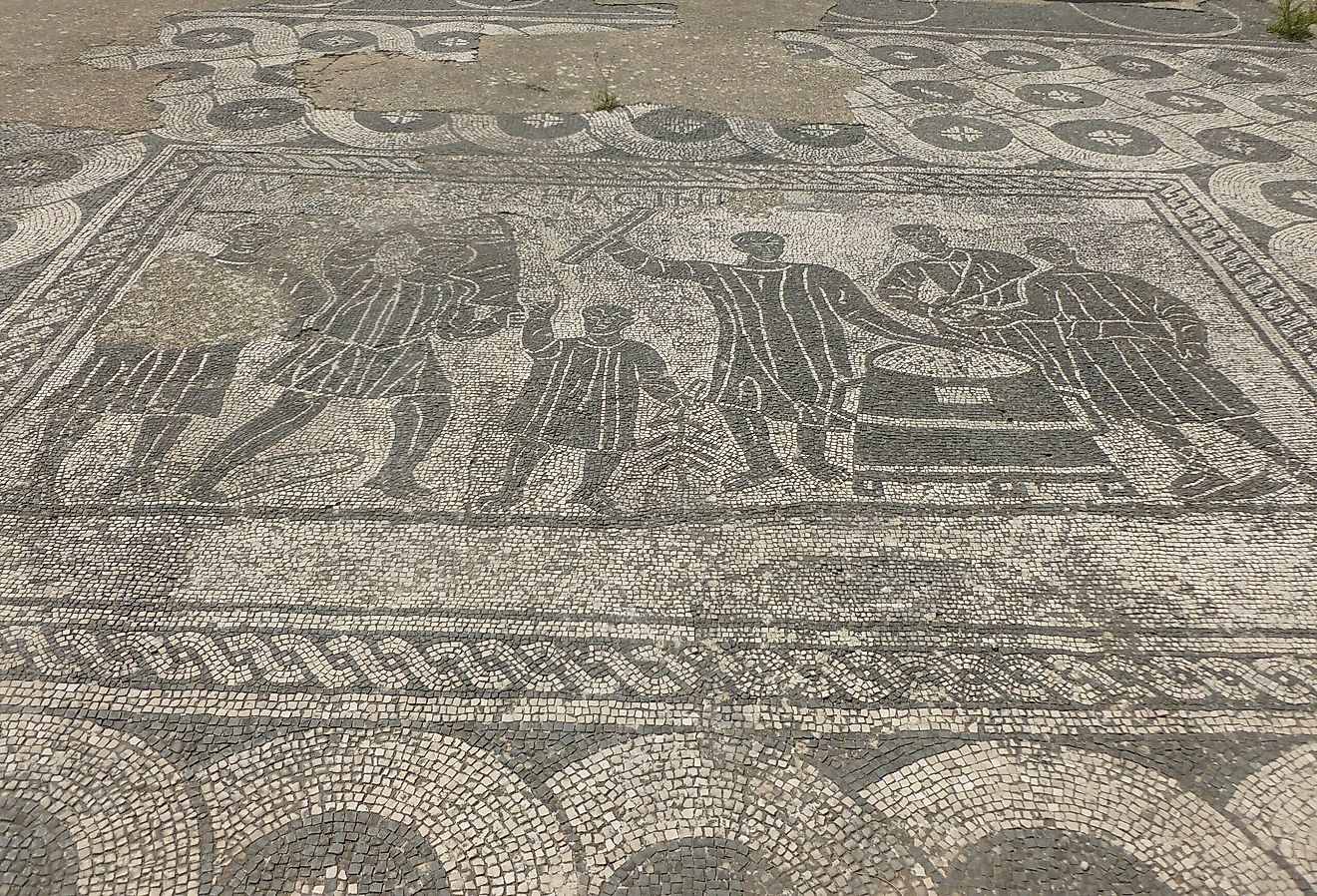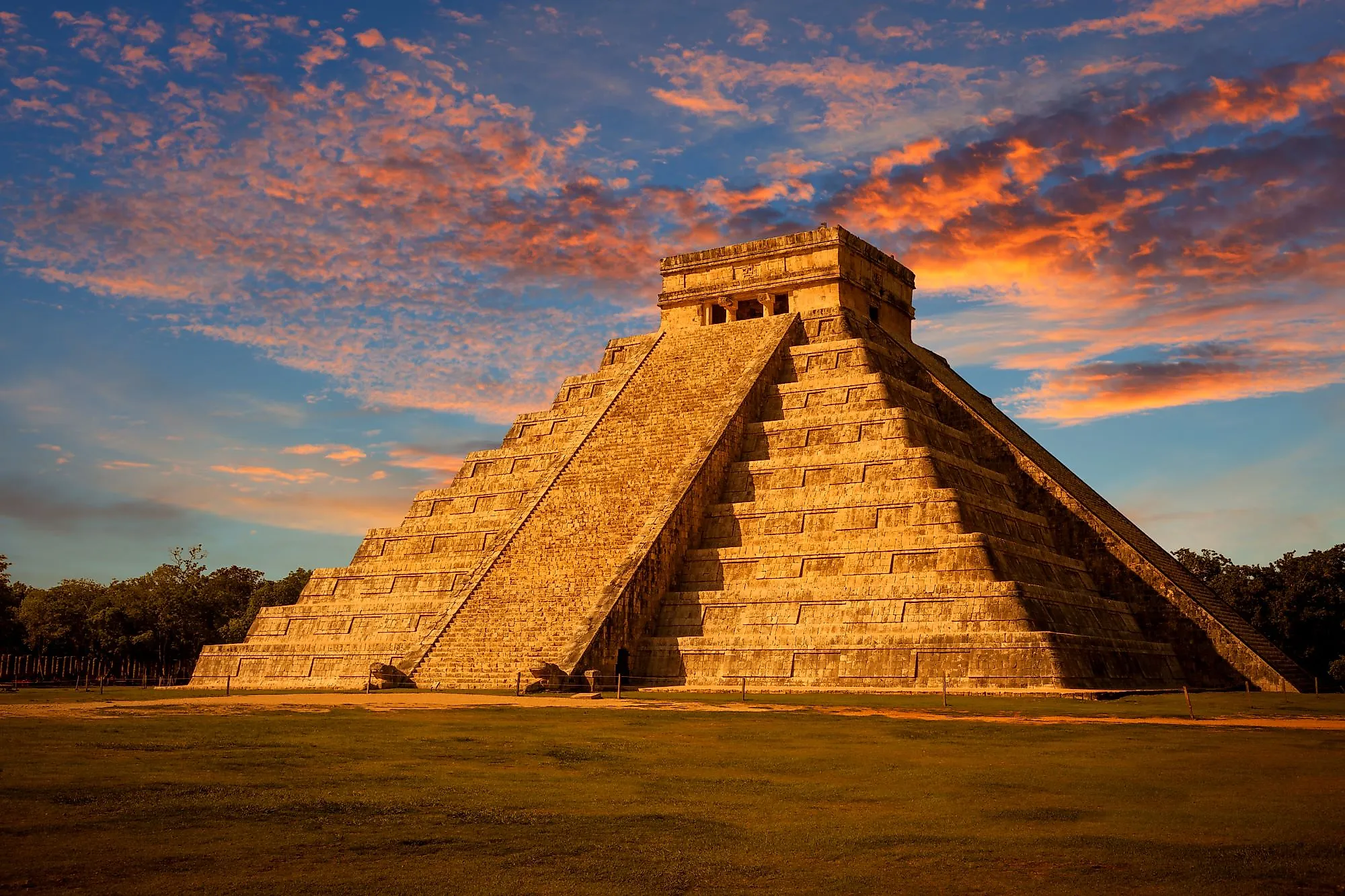
7 Ancient Cultures That Were Masters of Engineering
From towering temples to sophisticated irrigation systems, ancient civilizations are more than the ruins they left behind—they are enduring examples of innovation, resilience, and ingenuity. Long before the rise of modern science and machinery, cultures across the world were solving complex engineering challenges with simple machines, primitive tools, and limited knowledge compared to what we have and use today. From Mesopotamia to Mesoamerica, these societies harnessed mathematics, architecture, and natural resources to shape the world around them. Their achievements laid the foundation for much of today’s infrastructure and continue to inspire engineers, architects, and historians alike.
Ancient Mesopotamians
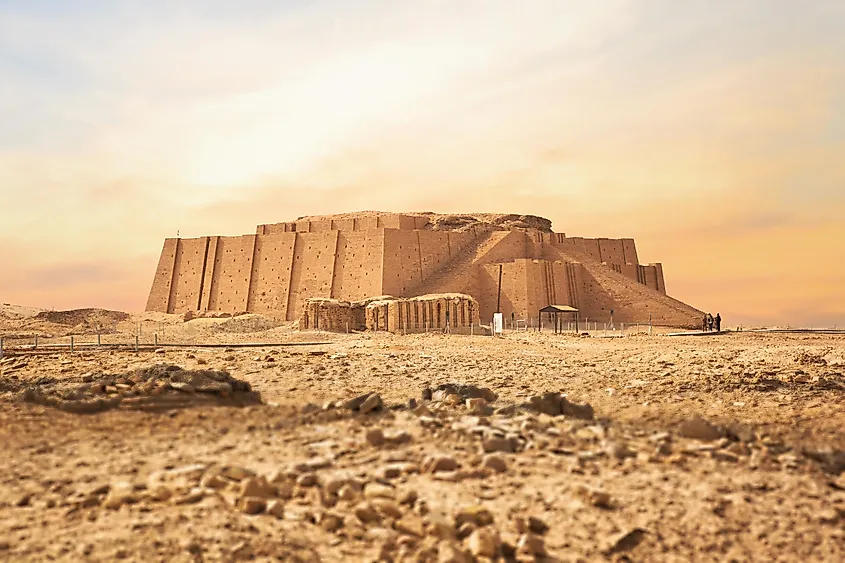
The Sumerians, and later the Babylonians, and Assyrians were incredibly adept when it came to engineering, architecture and urban planning. As they were all situated near or around the Tigris and Euphrates Rivers, these respective civilizations from around 3100 BCE onwards knew how to develop pivotal tools and leveraged them effectively for survival. To control irrigation and flooding, for example, canals and reservoirs were used to regulate water flow and support agriculture in the fertile river valleys.
As for urbanization, the ancient Mesopotamians used mud-brick extensively in the building of ziggurats and other architectural structures, and developed systems for mass-production. There is also evidence of waste channels in later periods, such as in Babylon, as well as potter's wheels. The Mesopotamians have also been credited with creating one of the very first mathematical systems, which is as essential to engineering today as it was 5,000 years ago.
Achaemenid Persians

The Achaemenid Persians were part of an ancient Iranian civilization that valued infrastructure and water management. The empire was known for its feats of engineering, such as the development of subterranian irrigation systems and the Persian Royal Road, as well as standardized units of weight and measurement.
The Royal Road, measuring over 1,700 miles long, was used to transport goods and facilitate communication between the ancient capital of Susa and the western part of the empire to Sardis. Mounted couriers could cross it in about a week, which was remarkably fast for the time. To this end, the ancient Persians also established posting stations, or chapars, along the road. As for agriculture, underground tunnels known as qanats helped prevent evaporation so water could be transported from the rivers to fields with minimal loss due to heat. And, while they didn't invent stairs per se, the Achaemenid Persians are known for their grand palaces and buildings that incorporated impressive staircases as architectural features, particularly at sites like Persepolis and Susa.
Ancient Egyptians
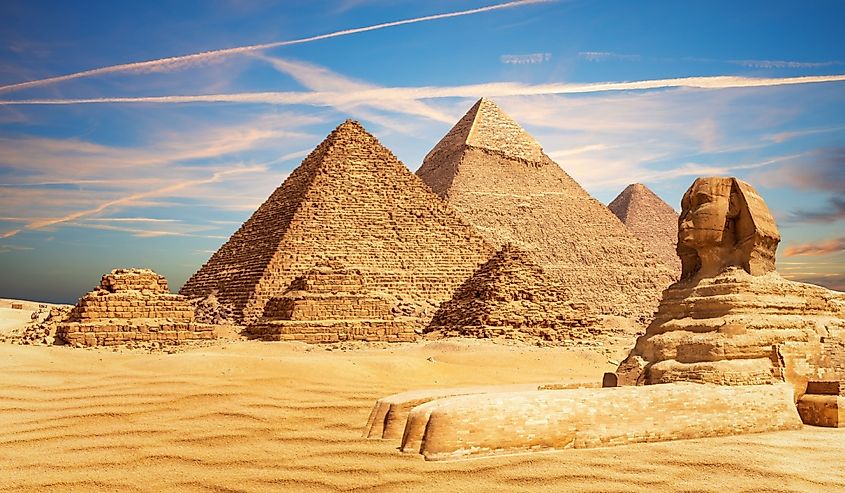
The Ancient Egyptians, tracing back as far as 3100 BCE with the unification of Lower and Upper Egypt under a single ruler, are perhaps one of the most well-known civilizations in history. Some of their most significant contributions to the field of engineering include the development of advanced construction techniques and materials, as well as the use of irrigation systems and tools to measure water.
The Great Pyramid of Giza is one of the Seven Wonders of the Ancient World, and the only one that still exists today. This is thanks, in large part, to the use of limestone rather than mud-brick. In order to build such an immense and sturdy structure without the benefit of the hydraulic systems and power tools we have today, the Ancient Egyptians used simple machines, such as levers and ramps or inclines. As for irrigation and agriculture, ancient Egyptians employed a nilometer, a tool use to measure water levels along the Nile River in order to monitor, record, and predict flooding or drought.
Ancient Chinese
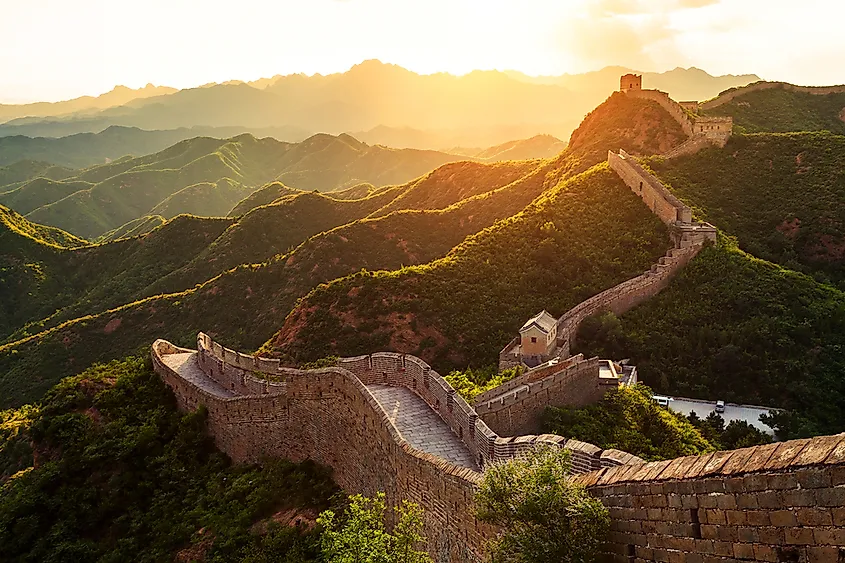
Between 1600 BCE and 220 CE, Ancient China was a powerful civilization that learned how to employ architecture and metallurgy to achieve societal goals. With famous landmarks like the Great Wall of China still standing to this day, there is no doubt a passion for engineering runs deep in China's long and fascinating history.
The creation of the Great Wall began sometime in the 7th century BCE and was built in smaller segments over hundreds of years. This meant relying on local stonework and rammed earth to help sustain the wall's defenses along miles of rough terrain with strong garrisons that could protect soldiers and withstand invasions. The development of canals was also vital to the civilization's success, as the sophisticated Dujiangyan Irrigation System redirected and distributed water to facilitate irrigation without the need to build river dams to block the flow. The Ancient Chinese also invented the crossbow, and the Shang, Zhou, and Han dynasties crafted weapons from metal, first cast in bronze, and later moving to iron, with steel production emerging via methods like puddling and high-temperature furnaces.
Ancient Romans
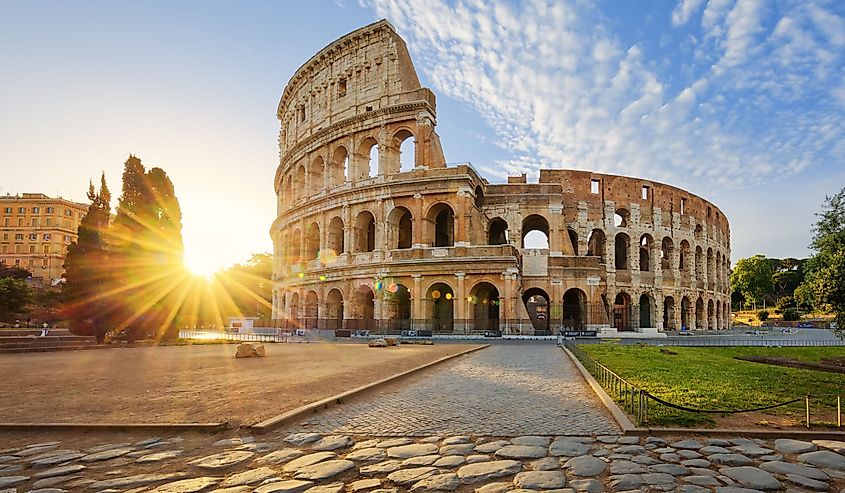
The Ancient Romans were true masters of engineering, going back as far as 509 BCE. Perhaps best known for their use of aqueducts, their ideas and techniques were highly advanced for their time, particularly in terms of roads, aqueducts, sewers, bridges, arches, domes, and concrete construction.
Roman roads were established to facilitate the trade of goods and resources across the empire, using materials like sand, gravel, and paving stones. Aqueduct technology made it possible for water to be moved far more efficiently across long distances, while bridges helped connect distant settlements, supporting commerce, communication, and military logistics. The "Cloaca Maxima" was a critical sewer system first designed by the ancient Romans to protect and stabilize the Roman Forum against flooding from stormwater and surrounding marshlands, and is still partially in use today. Furthermore, Roman innovations such as hydraulic concrete, made from vocanic ash that could set underwater, and advanced construction methods like the use of domes and archways, allowed for durable foundations and monumental structures, like the Colosseum and Pantheon, to stand the test of time and become lasting legacies.
Ancient Greeks
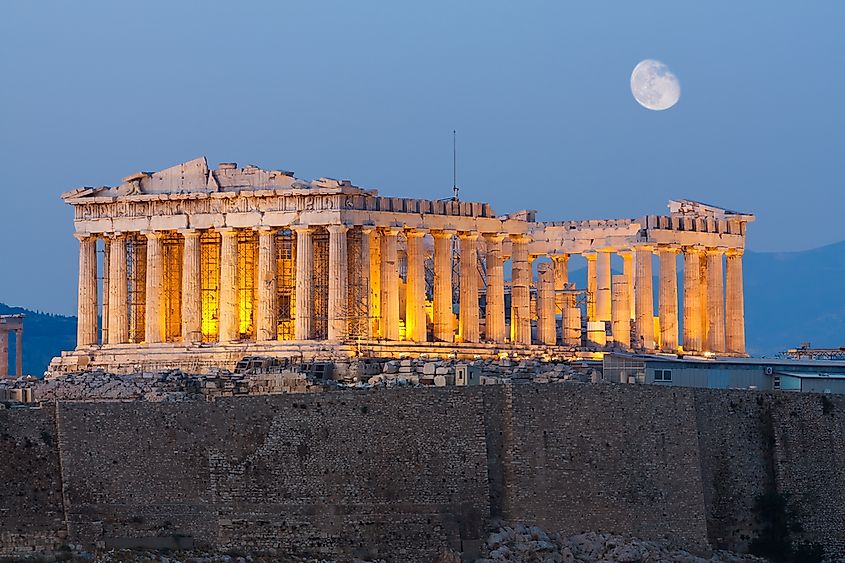
The Ancient Greeks are known for their great philosophical thinkers, but they also deserve credit when it comes to engineering. By around 600 BCE, the Greeks were starting to explore concepts like simple mechanics and geometry. The aesthetic element of the arts and the utility or practicality of the sciences complement each other in such examples as the Parthenon, with the subtle lean of its columns and the upward curve of its base to counteract visual distortion and make it appear perfectly symmetrical and flawless to the human eye.
The Tunnel of Eupalinos was a major achievement in subterranean aqueduct engineering, only the second ever to be dug from both ends and the first to do so using advanced geometric principles. The site has even been designated an International Historic Civil Engineering Landmark. One Ancient Greek in particular, Archimedes, is also credited with the discovery of buoyancy and the creation of the Archimedean screw, a water-lifting device still in use today.
Ancient Maya
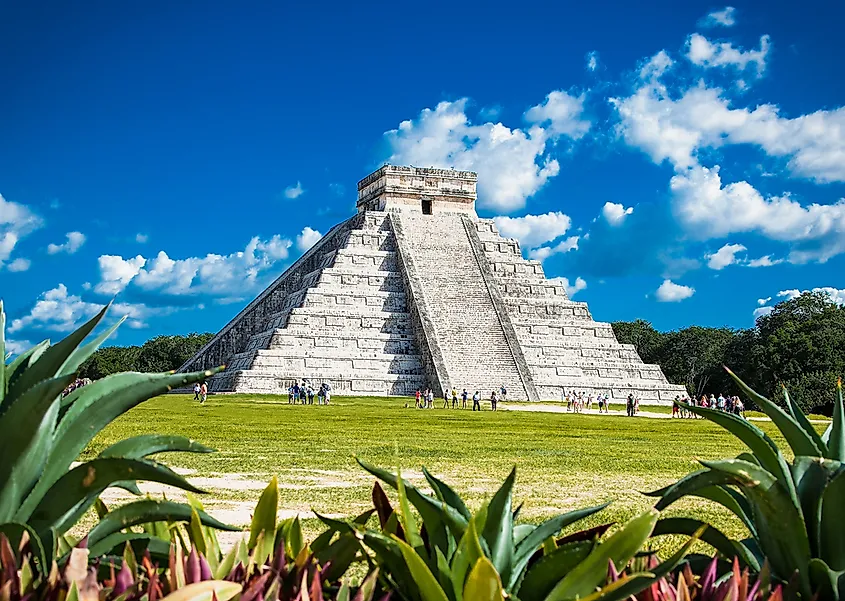
From 2000 BCE to around 900 CE, the Maya proved to be a remarkable civilization in many ways. The Mesoamerican civilization is known for its achievements in astronomy, mathematics, architecture, and urban planning.
Urbanization was important and deliberate, as cities like Chichén Itzá and Tikal were planned and built around pyramids and ceremonial centers. Other spaces and structures, like El Caracol, may have functioned as observatories for tracking weather, changes in the sky, and celestial bodies such as Venus, an important element in Maya cosmology and calendar systems. The idea of combining astronomy with architecture granted the Maya unprecedented capabilities for designing central plazas, symmetrical ball courts, and pyramidal temples with axial symmetry and astronomical alignment. The Maya are also known for discovering and using rubber, and they built reservoirs and underground cisterns (chultuns) to store rainwater in cities without major rivers, showing their own level of ingenuity in terms of water management.
Across continents and centuries, a study of these seven ancient civilizations proves that human ingenuity knows no bounds. Despite working with what we consider to be limited technology today, they developed creative and innovative systems and structures that met their immediate needs and endured the test of time. Their legacy is seen not only in the physical structures they designed and built, but in the ideas and principles that continue to influence how we live our lives today.

